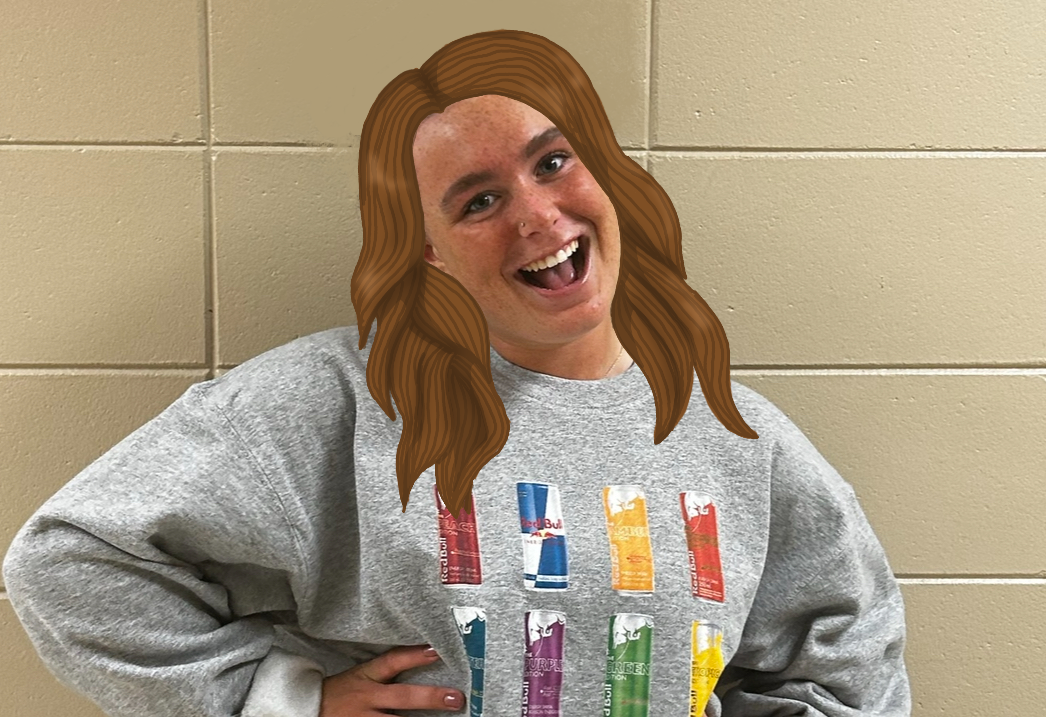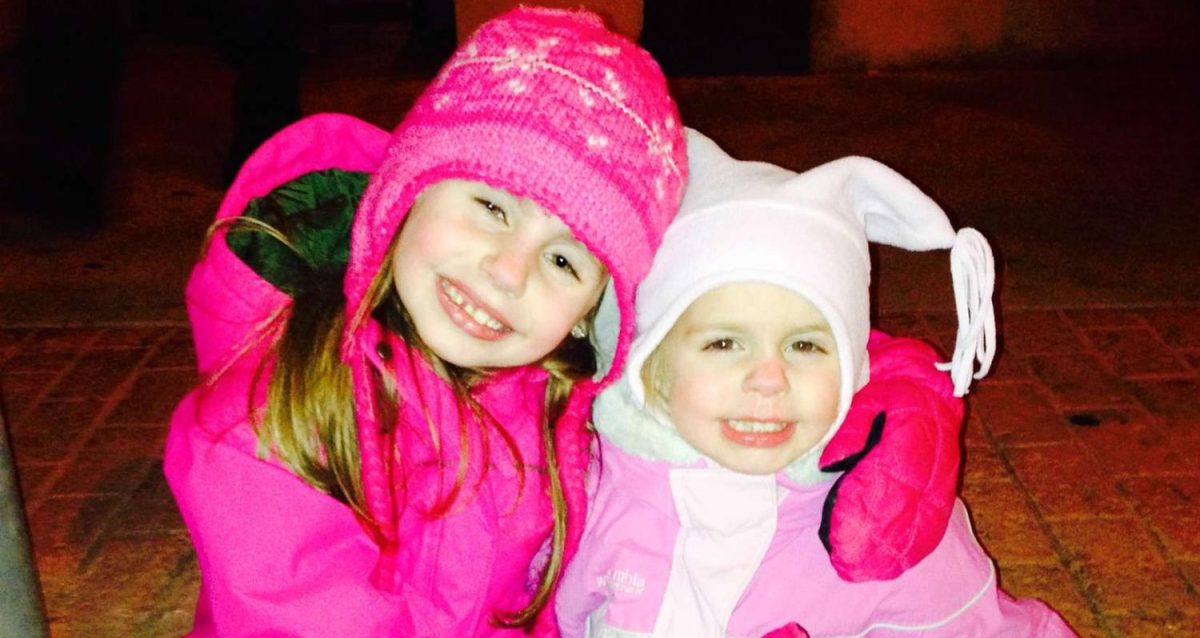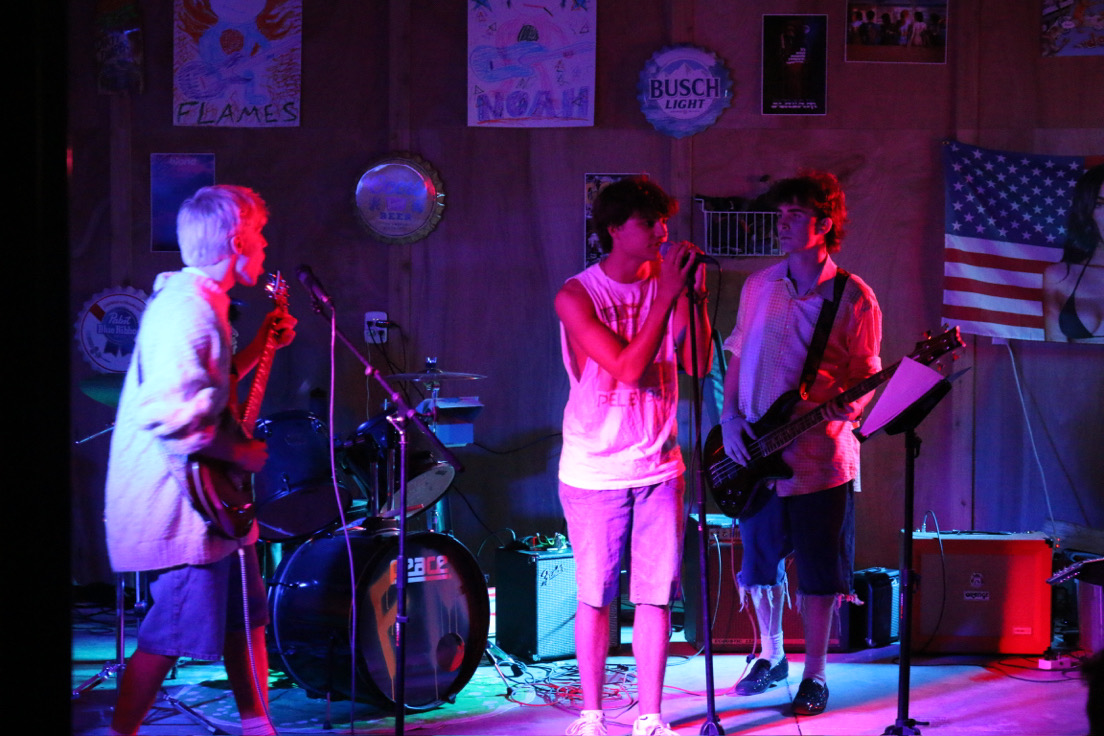LHS junior Ella Rima has lived with alopecia for nine years of her life, and although it can be challenging at times, Rima has grown to accept and embrace it.
Diagnosed at only seven years old with alopecia, Rima has lived the majority of her life with the disease. Throughout the years, Rima and her family have tried many treatments in order to combat the hair loss.
“I think the first treatment we did was shots in my head. I was getting like 30 shots at a time,” said Rima.
At first, the shots were somewhat working for her, but over time her body became immune to the shots and they stopped having their desired effect, forcing her to move on to her next course of action.
Rima tried a topical cream that she put on her scalp that was supposed to trick her body’s immune system into attacking the cream instead of her hair follicles.
Instead, she ended up having an allergic reaction to the topical cream which created a baseball-sized lump on her head, so it was on to the next form of treatment.
Up next was a $1,000 lamp that was supposed to help hair regrowth but ended up not working for Rima at all.
“It was a scam,” said Rima.
As of now, Rima is currently not doing any treatment.
Finding good treatments is not the only challenge Rima struggles with when dealing with her alopecia. Over the years, she has also had to deal with some bullying.
“It’s not bad, just stupid teenage boys that think that they’re funny, but they can’t be talking when they literally have a buzz cut,” said Rima.
Luckily Rima does not experience bullying now, just the rare rude person making off-handed comments.
There also come a lot of misconceptions about having alopecia. Most people are not educated on what it actually is.
“Many people think it causes other problems but I literally just don’t have hair, there’s nothing else wrong,” said Rima.
People also tend to think that someone with alopecia is unhealthy, and that is the reason why they developed alopecia, but the two have no correlation. Alopecia actually develops when a person’s immune system mistakes their hair follicles as foreign and attacks the hair. There are many types of alopecia but the most common is alopecia androgenetic, which affects 80 million people in the U.S. It is most commonly referred to as male/female pattern hair loss, which is basically just a slow progression of hair loss over time.
In her case, Rima has alopecia areata, which means she does not have total hair loss. Instead, she just has patches on her head that will not grow hair.
“I do still have some hair, and it’s actually growing back which is weird because I’m not doing anything to treat it right now,” said Rima.
Rima is also very open about the fact that she wears a wig.
“You can do anything with wigs. I wear human hair ones so you can curl them, straighten them. You can do whatever,” said Rima.
Even though having alopecia has been a struggle for Rima, she has grown to accept it and lives her daily life with alopecia in the rearview.
Categories:
Rima: Experiencing growth in her own way
November 13, 2023
According to the National Alopecia Areata Foundation, Alopecia areata is a surprisingly common disease. About 2% of people across the world will experience alopecia areata at some point.
More to Discover
About the Contributor

Addison Remme, Staff Writer
Addison Remme is a senior and a third-year staff writer for the Statesman. Remme is a part of ENHS and Spanish NHS. When she is not at school, Remme can be found at the gym or making your favorite Starbucks drink at work. She also enjoys hanging out with friends and she is always trying to find some sort of concert to blow her money on.









